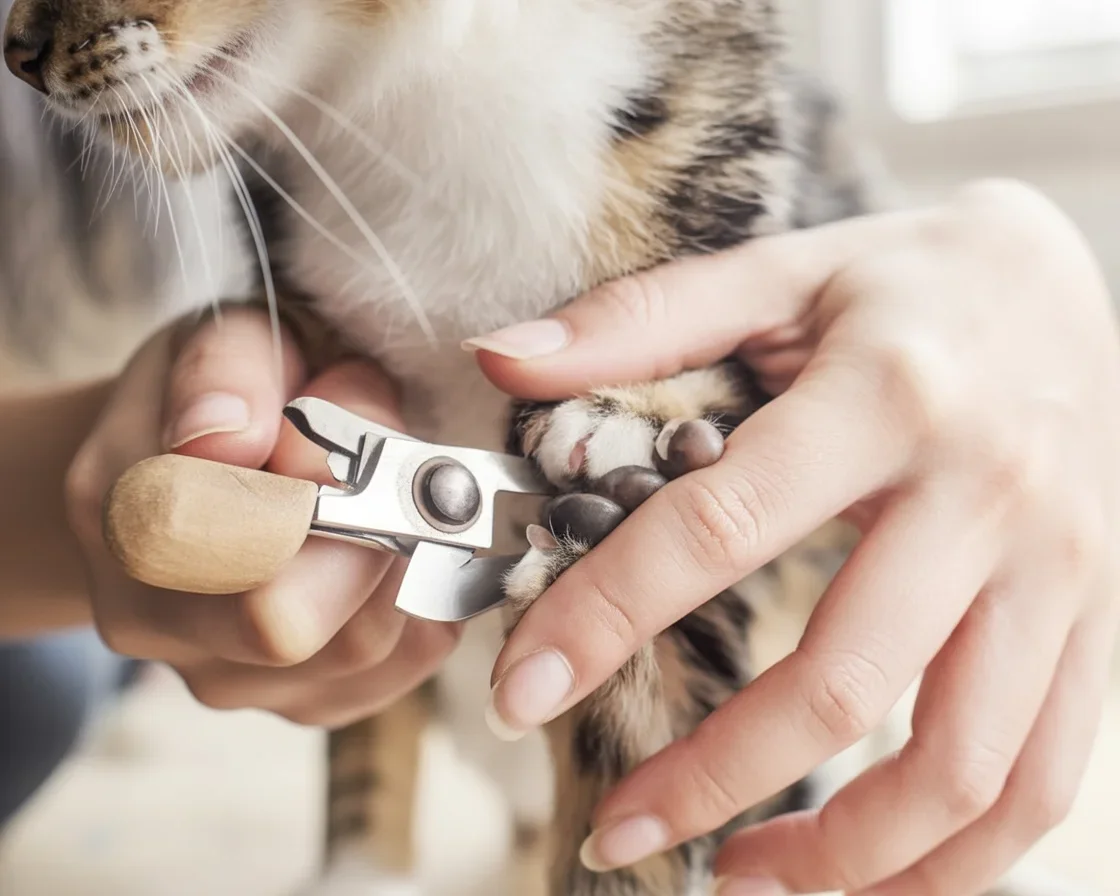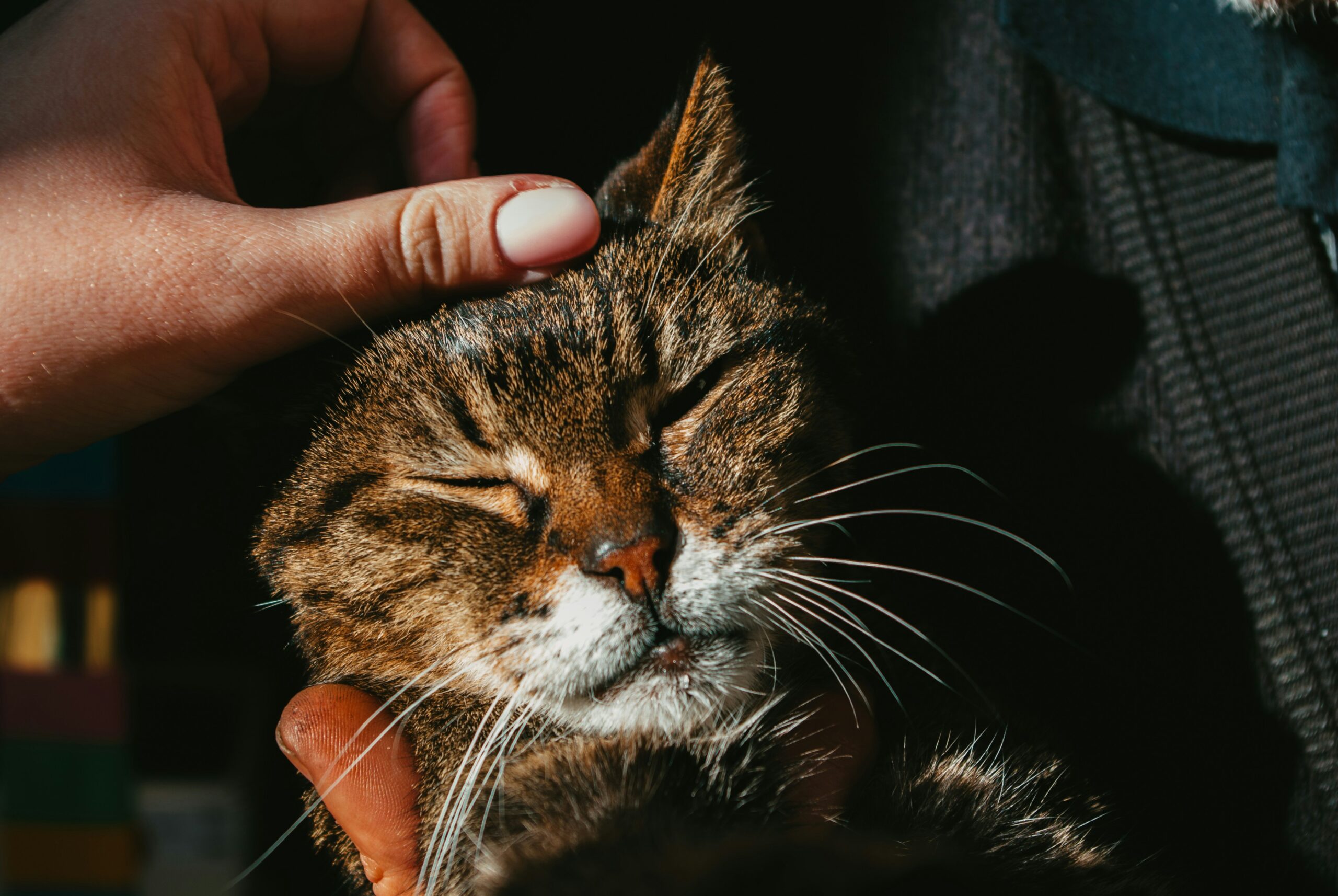Ever find yourself thinking, “how old does a cat have to be to declaw?” I totally get it—owning a little fluff-ball comes with surprises… and sometimes scratches. Maybe you’ve just brought home a new kitten, or your older cat’s claws keep going to town on your couch. Before you rush in, though, there’s a whole lot to chew on. Declawing isn’t like trimming nails or even figuring out how to brush cats’ teeth—it’s way bigger. And if you’re new to the cat scene (been there), you’re definitely not alone asking big “should I or shouldn’t I” questions (one time I nearly lost an arm trying to clean my feisty tabby). So yeah, if you’re wondering what age is “right” or if there’s ever a good time—it’s smart you’re pausing to think.

#1: Should I declaw my cat?
Let’s get right into it: declawing isn’t just “nail removal”—it’s a real surgery.
- You’re not just taking away claws, but the first bit of bone in each toe too (ouch).
- Plenty of vets (and frankly, a lot of cat people) advise against it unless the cat’s claws are a true risk to someone’s safety.
- Honestly? There are way kinder options—like trimming, scratch posts, or even soft nail caps for wild scratchers.
- Sometimes, with patience (and a good behavior training routine), your problem scratches can be managed—without surgery at all.

#2: What age should I declaw my cat?
Okay, here’s the part you probably came for—a straight answer on timing.
- Vets usually say the earliest is between 3 to 6 months old, often at the same time as spaying/neutering.
- Older cats can technically be declawed, but the pain, risks, and recovery time all go way up.
- Kittens heal quicker, but that doesn’t mean it’s a walk in the park (still a big ouch).
- Some countries or states have banned declawing except for rare medical needs, so it may not even be legal everywhere.
#3: What are the possible long-term consequences of declawing a cat?
Here’s where things get heavy—but you need the whole truth.
- Cats often have lasting pain, weird walking, or even arthritis down the road.
- Litter box problems? A lot of declawed cats end up with them because it just hurts too much to dig.
- And emotionally…some cats get touchier, grumpy, or retreat-y after declawing.
- So, yeah, the consequences can be lifelong, not a quick fix.
#4: Is it painful for a cat to be declawed?
Short answer: yes, it really hurts. There’s no sugarcoating that.
- Imagine losing the tips of all your own fingers (yikes, right?).
- Even with anesthesia and fancy meds, some cats act out or limp for weeks, if not longer.
- Some never really return to their old selves—at least, not fully.
- Pain aside, cats use claws for balance and confidence. Take them away, and life’s… trickier.
#5: What guidelines should I follow when determining if I am willing to declaw my cat?
So here’s where you grab a notepad and do some real soul-searching.
- First, talk to your vet—no online article (yep, even this one) can replace that.
- Have you tried everything else? Like regular nail trims, scratching post bootcamps, maybe even caring for stray kittens?
- Is declawing actually necessary (for medical or safety reasons), or is it more about your furniture, be honest?
- Does your area have laws around declawing? Check first—don’t get in hot water.

Here’s the Bottom Line on Declawing (and Why Age Matters!)
So—if you’ve been wondering, “how old does a cat have to be to declaw?” I hope you’re feeling way more prepared to make the right call. The truth is, declawing is intense, risky, and often comes with a ton of not-so-pretty consequences. Only young kittens (bare minimum, 3 to 6 months old) can handle it with fewer risks, but honestly? There are loads of better alternatives. If you’re seriously considering it, don’t make a move without chatting with your vet and reading up—resources like Considering Declawing a Cat? Five Questions Answered! or Cat Declawing FAQs can put things in perspective. And hey—there’s good chat over on Is there an age limit for declawing a cat? – Quora too.
Whatever you decide, remember: happy cats mean happy homes, even if it means sacrificing a couch or two. Give your kitty love (and options), and you’ll both come out winners, claws and all.

Will my cat hate me if I declaw them?
Cats might get distant, act fearful, or even stop using the litter box—so, possible, unfortunately
Are there alternatives to declawing?
You bet! Nail caps, tons of scratching posts, regular trims—way less scary.
What are the pros and cons of cat declawing?
Declawing may prevent furniture scratching, but it’s a painful surgery that removes part of the cat’s toes. It can cause long-term pain, balance issues, or behavioral changes. Most vets and animal groups advise against it.
When do you declaw a cat?
Declawing is usually done when a cat is between 3 to 6 months old — but it’s strongly discouraged. If scratching is an issue, use scratching posts, nail caps, or regular trimming instead.
How much does it cost to declaw a cat?
The cost varies by clinic and location but usually ranges from $100 to $500. This includes anesthesia, surgery, and recovery. However, many vets refuse to perform the procedure due to ethical concerns.



